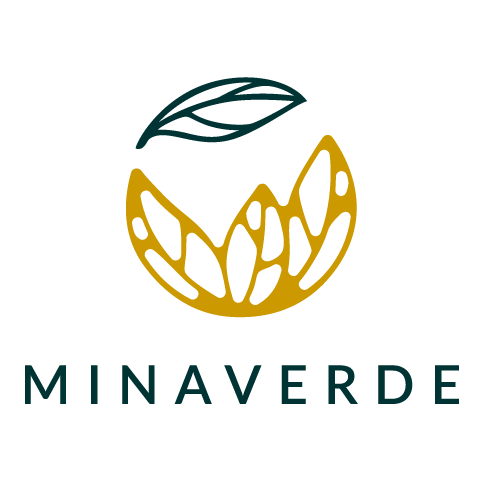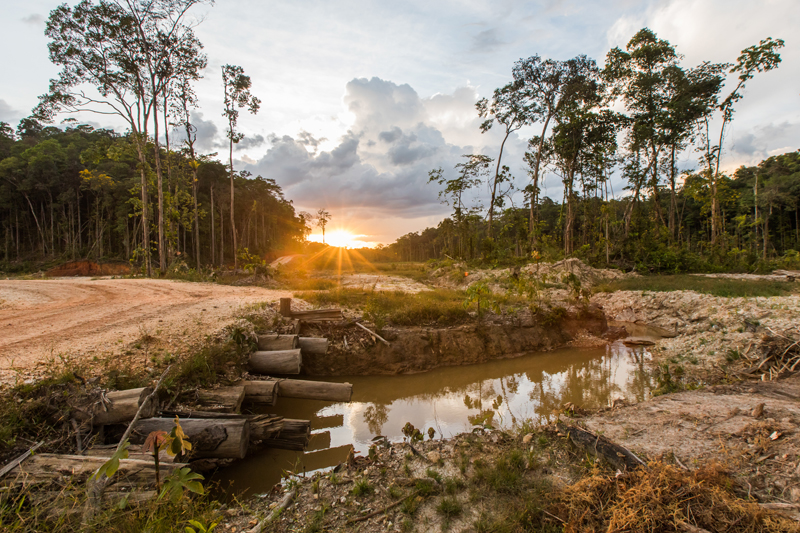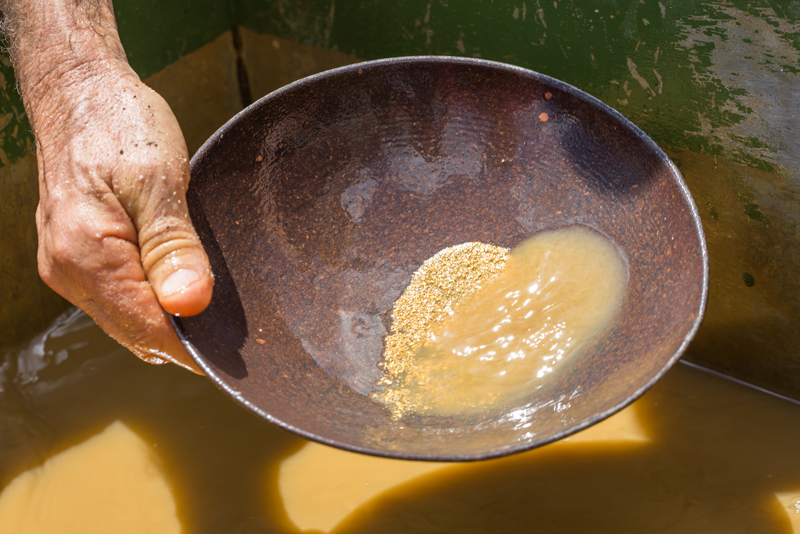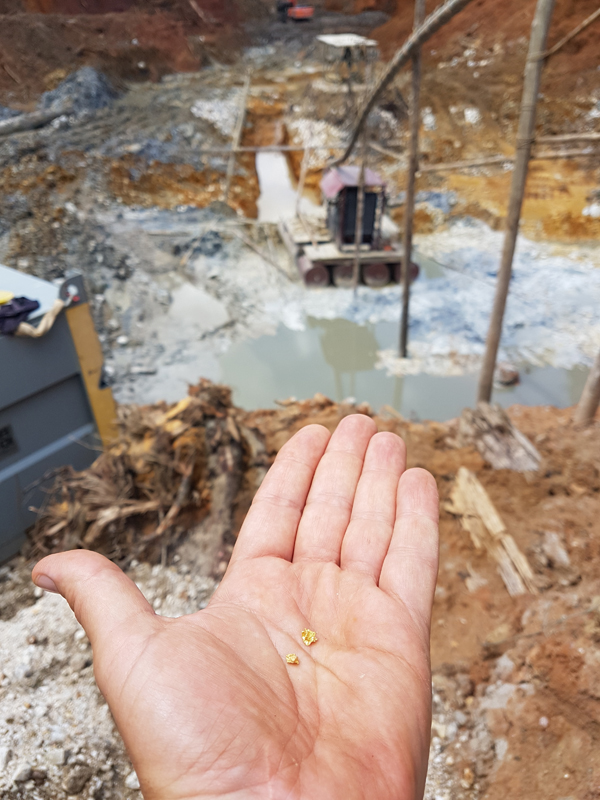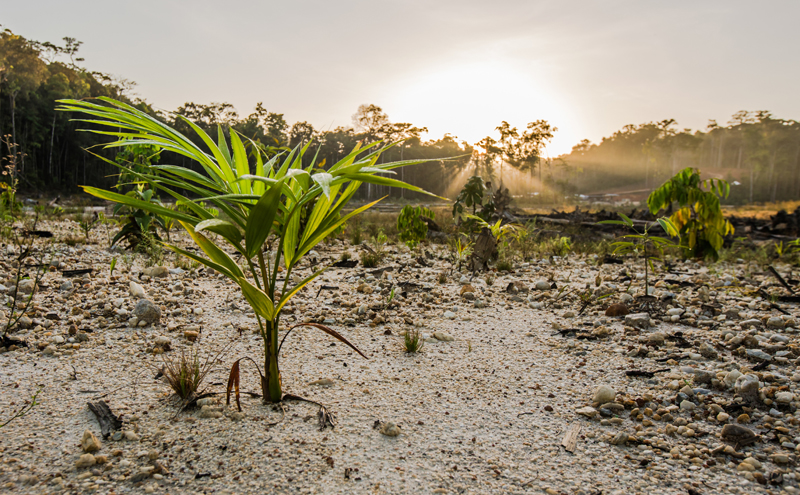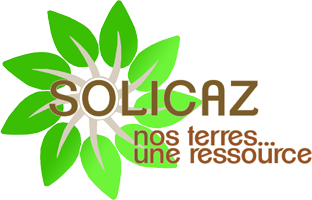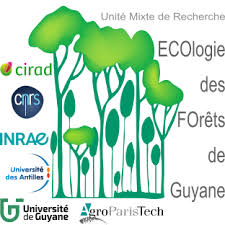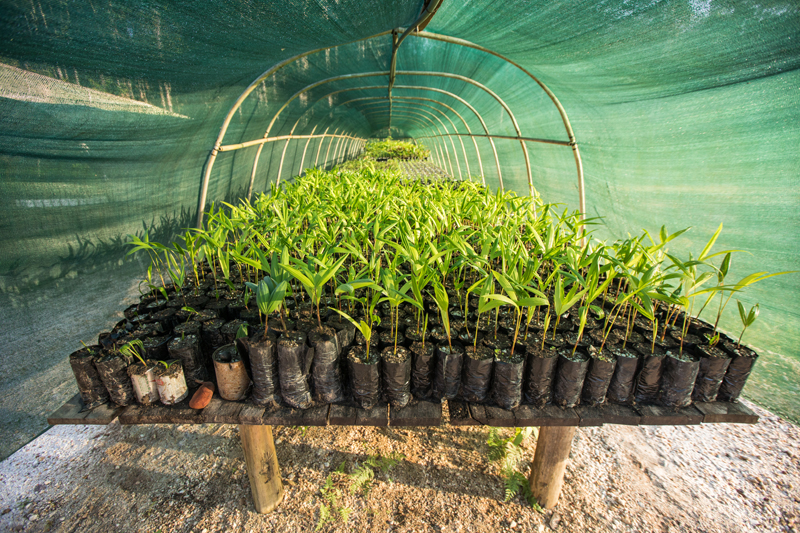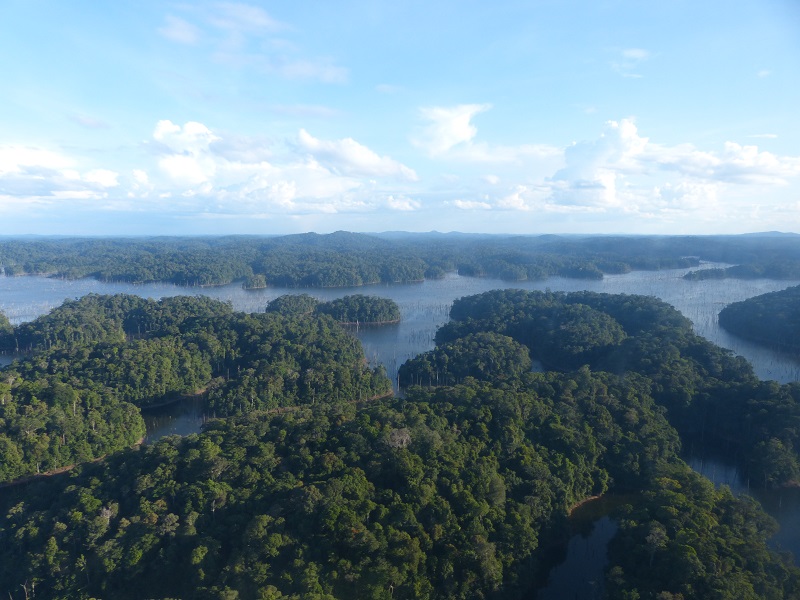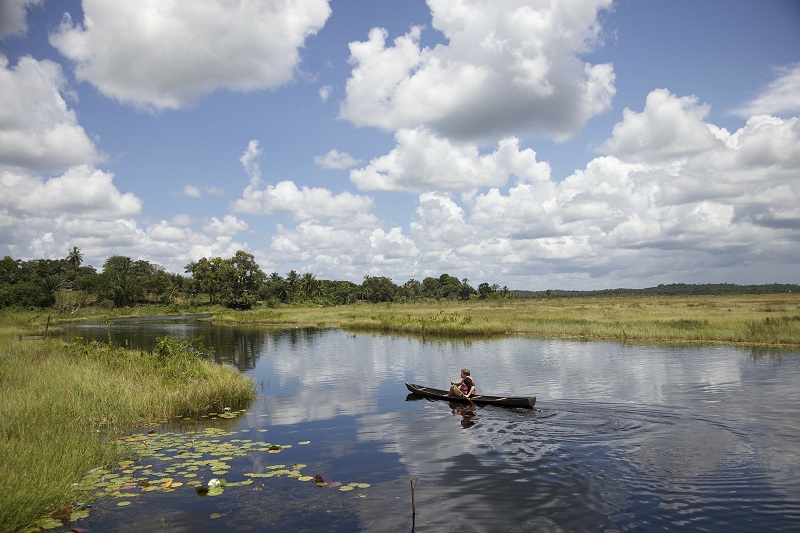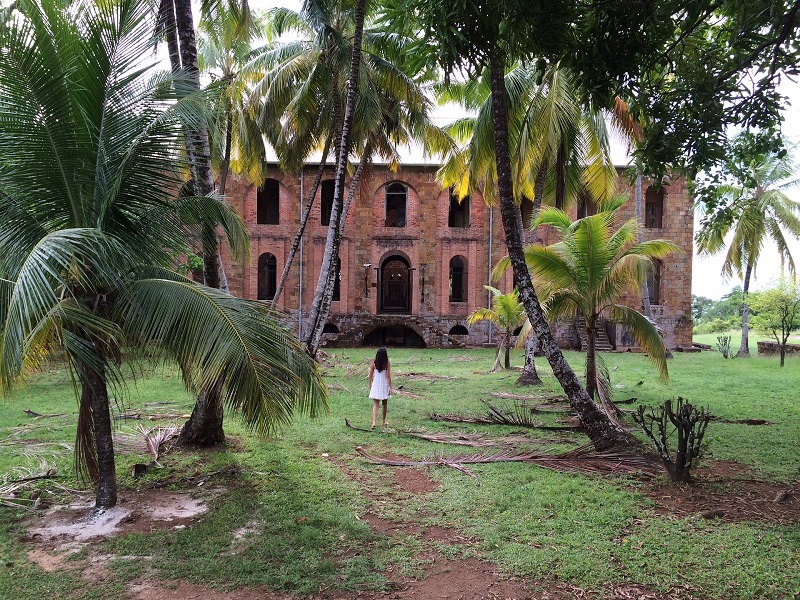The issue in French Guiana
It all started with field observation of the impact that alluvial gold mining has on local populations and their environment. Although the mining code requires the restoration of waterways at the end of the exploitation of the site, only 30% of the deforested areas must be replanted, leaving 70% of the soil and wildlife bare. On these degraded lands there is no longer any “soil” to speak of, as there is no organic matter. If nothing is done, the soil cannot be reconstituted and will remain a biological desert, excluding the return of a rich and complex vegetation.
